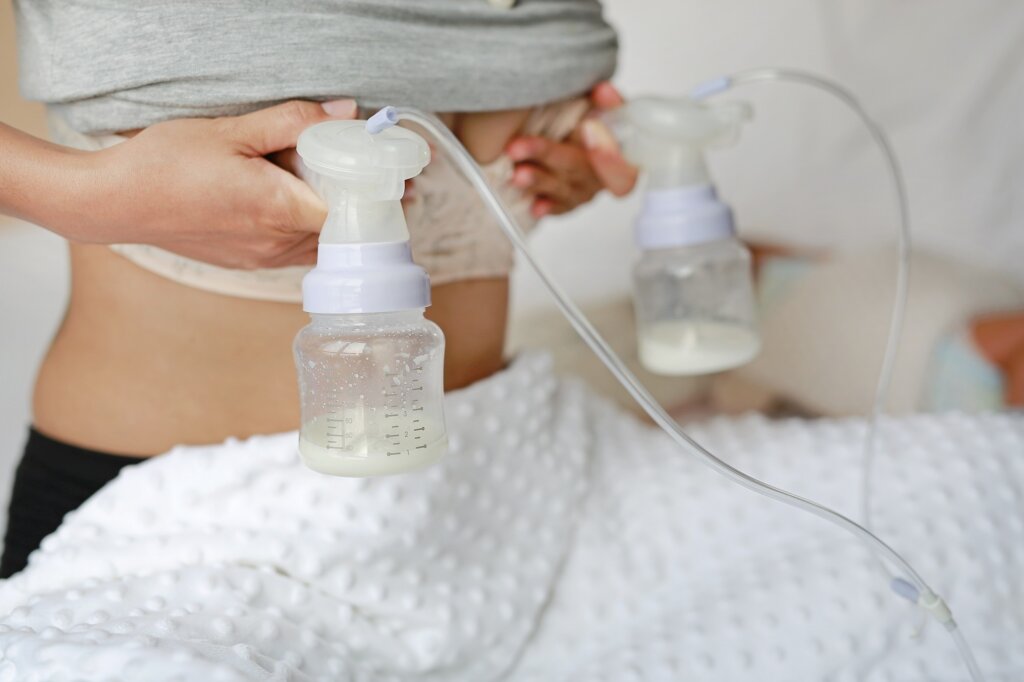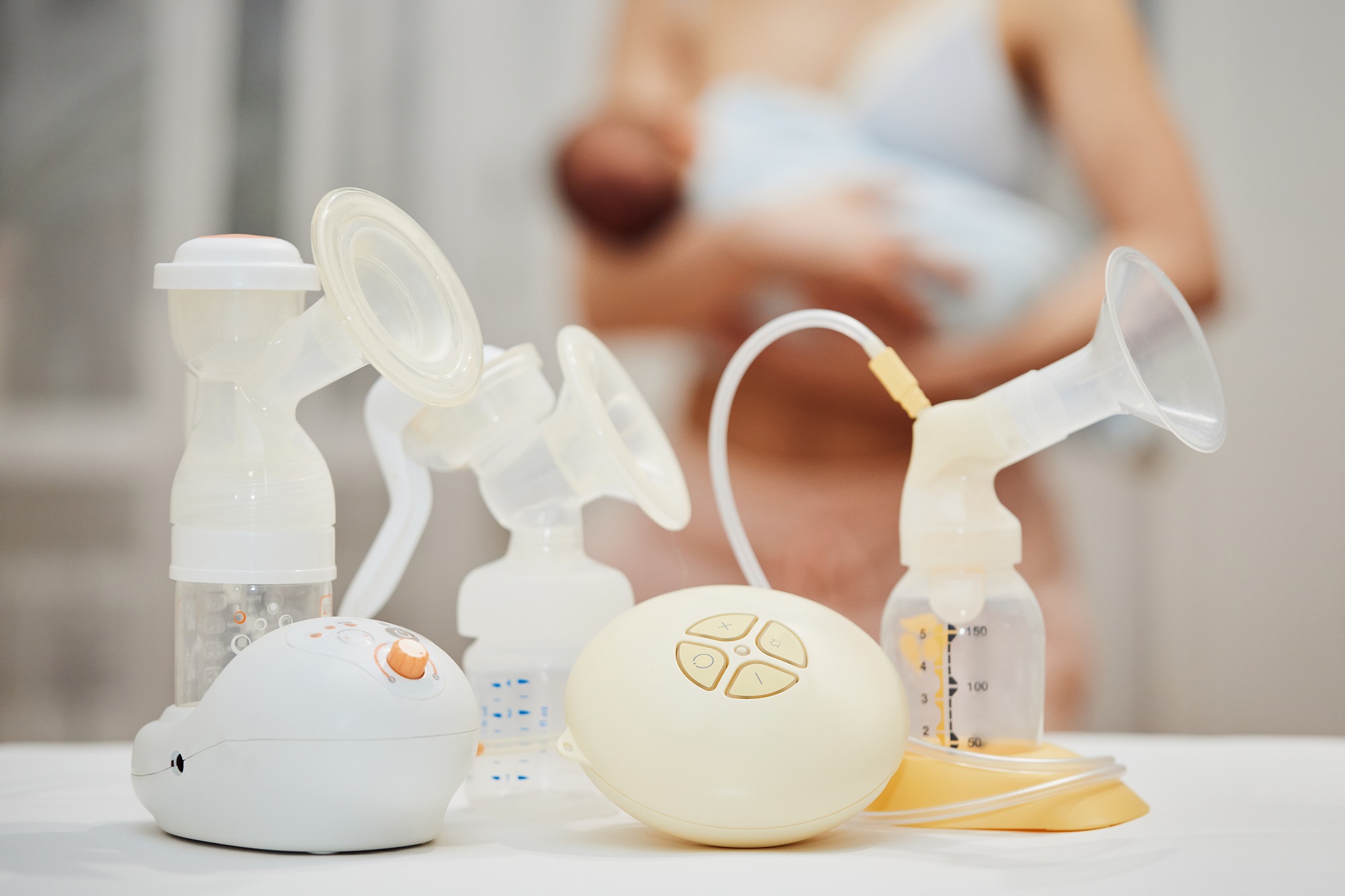As a new mum, you’re probably realising there’s so much more to breastfeeding than you initially thought. Between midnight feeds and learning your baby’s cues, you might be wondering if a breast pump could make your life easier – and you’re right. Whether you’re heading back to work, want to share feeding duties with your partner, or simply need the flexibility to be away from your little one occasionally, a breast pump can be an invaluable tool in your parenting journey.
However, stepping into a baby store or browsing online can feel overwhelming with the countless options available. Don’t worry now because this guide will break down everything you need to know about choosing a breast pump that fits your lifestyle, budget, and specific needs.
Research Different Types of Breast Pumps
When it comes to choosing a breast pump, it’s helpful to understand the main types available. First up are manual pumps, which offer a simple, hand-operated solution. They’re portable, quiet, and budget-friendly, making them great for occasional use or as a backup.
If you need a bit more efficiency, the single electric breast pump is a step up. These motorised options are perfect for moms who pump throughout the day without the hassle of manual pumping.
For even greater efficiency, consider electric double pumps. These handy devices allow you to pump both breasts at the same time, effectively cutting your pumping time in half. This is a real game-changer for working moms or those who need to pump frequently. Then there’s the wearable breast pump, a fantastic innovation that lets you pump hands-free. This means you can go about your day while expressing milk, which is incredibly convenient.
Finally, if you’re looking for top-tier performance, hospital-grade pumps are the way to go. These powerful devices are designed for maximum efficiency and durability, making them ideal for moms with low milk supply or those caring for premature babies.
Consider Your Lifestyle and Pumping Goals
Your daily routine plays a vital role in determining which pump will serve you best. For full-time working moms, a double electric pump is often the best choice. Its efficiency allows you to maintain your milk supply during those busy workdays, and the quick pumping sessions can be a lifesaver during short breaks.
On the other hand, stay-at-home moms might find that a single electric pump works perfectly for them, especially if they primarily breastfeed and only pump occasionally. This option can provide just the right balance of convenience without overwhelming your routine.
If you’re planning to exclusively pump, it’s worth investing in a hospital-grade pump or a sturdy double electric model. These are designed to withstand frequent use and can handle the demands of exclusive pumping.
Assess Essential Features to Look For
When choosing a breast pump, you need to find one that balances comfort and efficiency. Look for pumps with adjustable suction levels so you can customise the experience to what feels best for you. Comfort is also crucial, so opt for models that offer a variety of flange sizes to help ensure your pumping sessions are both comfortable and effective.
Another important feature is a closed system design. This prevents milk from flowing back into the pump, which keeps everything hygienic and protects your precious milk. For busy moms, having a pump that operates on batteries can add a lot of flexibility, making it easier to pump on the go. And don’t forget about noise level—quiet operation can make a big difference for discreet pumping sessions, whether you’re at home or out and about.

Determine Your Budget Options
Breast pump prices vary considerably based on their features and capabilities. Manual breast pumps typically range from USD$20 to USD$60, making them an accessible option for many families. Single electric breast pumps usually fall between USD$40 and USD$185, while double electric breast pumps command USD$60 to USD$3,500.
Check with your health insurance provider about coverage for breast pumps, as many include this essential item in their policies. This coverage could significantly impact your purchasing decision and allow you to access a higher-grade pump within your budget.
Check For Safety and Hygiene Standards
Safety should never be compromised when choosing a breast pump. Look for models approved by the Therapeutic Goods Administration (TGA) to ensure they meet Australian safety standards.
Additionally, it’s important to check that the materials used are food-grade quality and free from harmful chemicals. Proper sealing is also crucial to prevent any contamination during use. Focusing on these safety and hygiene standards can help you feel confident that you’re making a secure choice for both you and your baby.
Evaluate The Practical Aspects
Consider how the pump will fit into your daily life. Think about its weight if you’ll be carrying it to and from work, and whether it comes with a practical carrying case. For electric models, check the battery life and whether it includes options for different power sources. Additionally, consider the space required for storage and how easy it is to assemble and clean. These practical aspects can make a significant difference in your overall pumping experience.
Consider Comfort and Support
Your comfort during pumping sessions significantly affects your breast milk production. To enhance your experience, look for modern pumps that include features like soft cushion inserts and multiple suction patterns designed to mimic natural nursing rhythms. Some models also offer massage modes to help stimulate letdown and adjustable speed settings to find your perfect pumping rhythm.
Plan For Long-Term Use
Your breast pump will be your daily companion for months, so it’s worth considering its longevity before making a purchase. The best pumps typically include readily available replacement parts and straightforward cleaning guides.
Pay attention to how sturdy the components feel and research the cost of replacement parts – you might need to replace valves, tubes, or membranes periodically. A well-maintained pump will serve you reliably throughout your breastfeeding journey and make those regular cleaning and maintenance routines well worth the effort.
Understand Warranty Coverage and Policies
Smart shoppers know that warranty coverage can make or break their purchase experience. Take time to read the fine print about warranty length and coverage before buying your pump. Some manufacturers offer comprehensive warranties that include replacement parts, while others might have limited coverage.
You’ll also want to check reviews about the company’s customer service – having access to helpful support staff can be a lifesaver if you run into problems with your pump during those early morning or late-night pumping sessions.
Consider Workplace Requirements
Planning to pump at work requires extra thought about your specific workplace setting. A noisy pump might make you self-conscious in a quiet office, while a bulky model could be troublesome if you’re moving between locations. You’ll need a pump that fits into your work schedule – quick, efficient pumping sessions are essential when you’re working with limited break times.
Don’t forget about storage, either. You’ll need a reliable way to keep your expressed milk cool until you get home. Many working mums find that investing in a high-quality double electric pump saves precious time during their workday.
Key Takeaway
Selecting the right breast pump is about investing in a tool that will support your breastfeeding journey and help you provide for your baby. While the options might seem overwhelming at first, focusing on your specific needs, lifestyle, and comfort requirements will guide you to the right choice. Remember that every mum’s situation is unique, and the perfect pump for you will fit seamlessly into your daily routine while meeting your expressing needs efficiently and comfortably.








